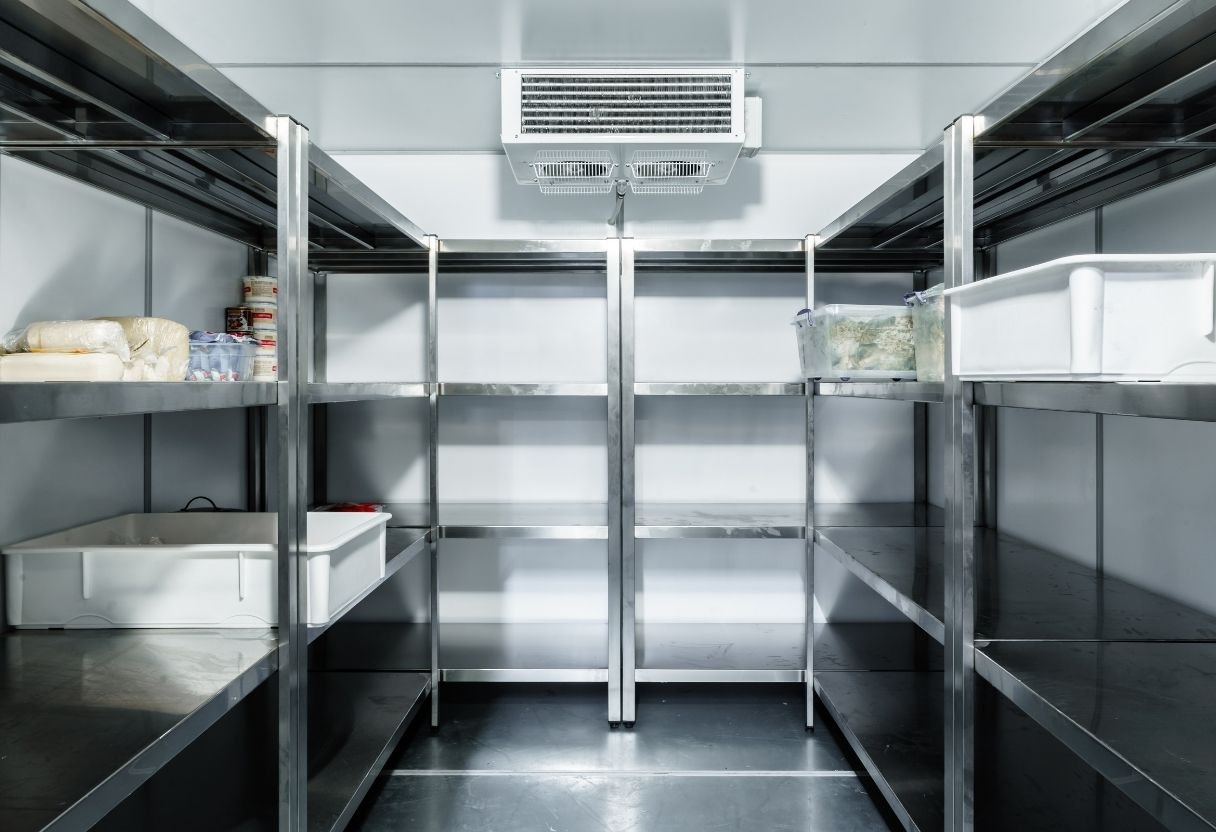5 Refrigeration Tips and Tricks for Restaurants

It's no secret that inefficiencies in cold storage can be a significant drain on any restaurant. The cost of energy, labor, and food waste all add up to create an enormous amount of money lost. This article will cover five unique refrigeration tips and tricks used by top restaurants worldwide to get the most out of their inventory and cold storage.
Proper labeling of dates and product
First and foremost, train your team to label food storage containers with items and dates to know what's inside each container. This will help keep track of inventory, save time looking through different items when restocking shelves, and prevent any mix-ups with other products on the shelf. Ideally, you would have two labels per box: one identifying its contents (e.g., "Fish") and another specifying the date it was stored.
The type of label you use depends on your needs. There are many types available at any office supply store or printing service that will fit the bill. The most common labels have a peel-off adhesive back that can be easily removed from the container when it's time to serve its content.
Store food properly
It is important to store food in containers that are airtight and moisture-proof. If your food is exposed to the outside environment, it will spoil more quickly. Oxygen or moisture can easily enter your containers and cause mold to grow inside.
Make sure you have enough room so that your food doesn't get squashed by other items. This is particularly vital if you store delicate produce like avocados or tomatoes, as these items can be easily damaged and discolored.
Reduce food loss with an airflow system
Another idea is to use an airflow system inside your coolers so that the temperature remains consistent throughout each shelf or rack during any season. If you are dealing with a type of food that loses its quality quickly, this is one of the best solutions to reduce food loss. Some airflow systems can even control humidity levels which can help keep fruits and vegetables fresh for a more extended period.
Handle with care
The fourth approach is to train your team to handle food with care when moving between the kitchen and refrigerator or cold storage. This ensures that no damages happen during transport, which could result in a loss of product and, in turn, increase your labor costs for repairing the item (if possible). The worst-case scenario is having to throw out an entire batch worth of product because one container got damaged.
Implement a temperature monitoring device
Restaurant owners know that keeping food and drink cold is vital to their business. Too hot or too cold can lead to spoilage, illness, and quality control. Numerous factors affect how quickly coolers change temperatures from one day to the next. They include ambient air temperature, insulation properties of the walls and doors in contact with the cooler inside, the type of compressor used, outside air pressure, or even doors being left open during restocks.
While restaurants are regulated to check temperatures, inventory is often left unchecked after-hours, and occasional temperature checks aren’t able to capture if equipment temperature is slowly rising. A temperature monitoring device, such as GlacierGrid, collects data 24/7, eliminating missing numbers, inaccurate metrics, and inventory waste. Less time spent logging temperatures gives employees more time for other tasks.
To see how GlacierGrid's temperature monitoring device can streamline your restaurants' operations, click below to buy online today.







